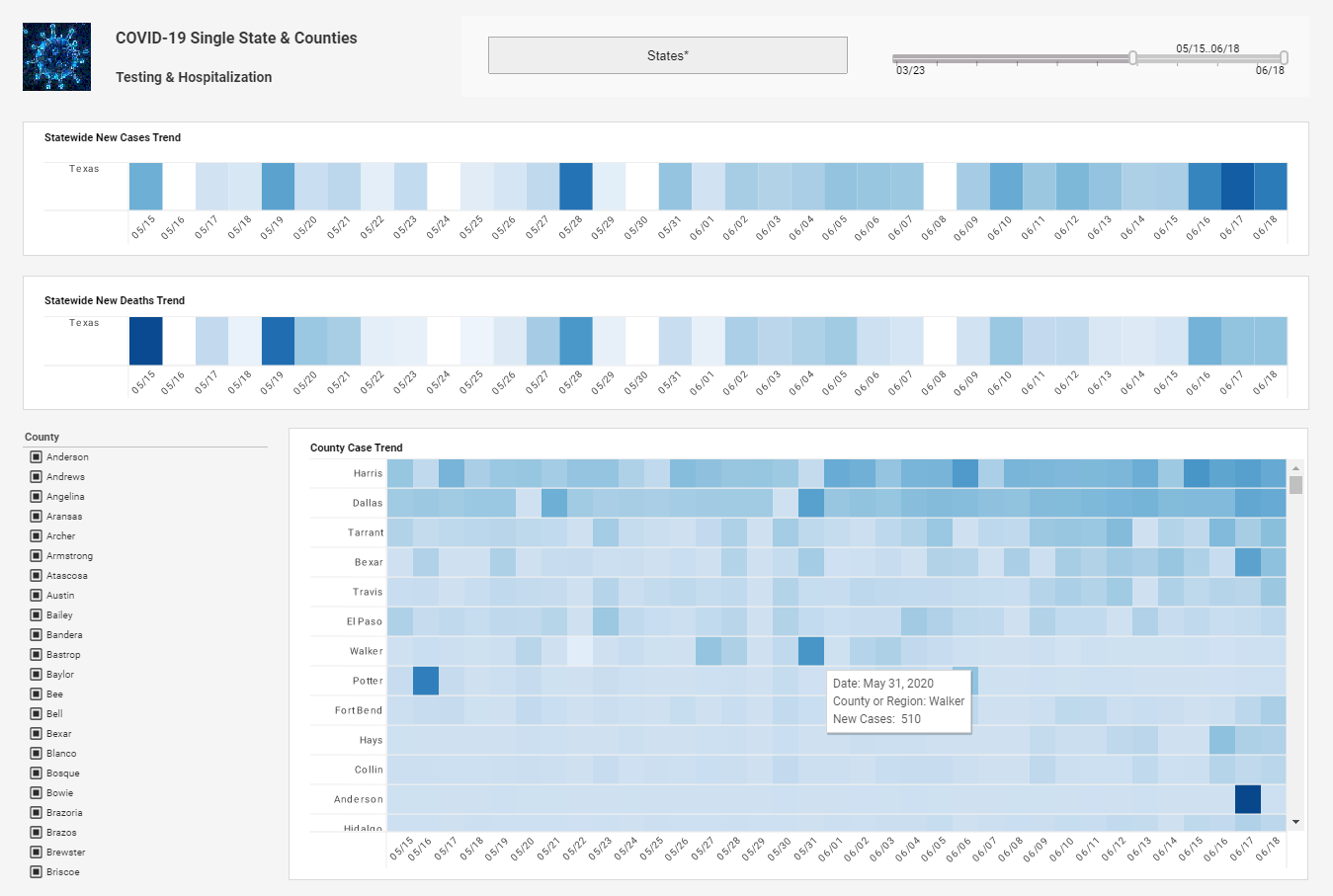The First Business Intelligence Was Production Reporting
This is the continuation of the transcript of a Webinar hosted by InetSoft on the topic of "Applying Business Intelligence to Manufacturing" The speaker is Mark Flaherty, CMO at InetSoft.
The first business intelligence was just production reporting. It was something that landed with a huge loud bang on your desk, or arrived into your email inbox as an attachment. There was so much information there that you looked at and you said, you know, I think, I need to go and get a cup of coffee because this makes my head hurt just thinking about it. It was just a data dump. You’ve got to have data in the right format so that it is delivered in the way that the employee can use it in some appropriate to them, in the application that they want to get it, that is appropriate to their function and to their activity and their role.
Let’s go to the next slide. So, we are going to talk about some specific examples of business intelligence for a minute. I just want to spend about 90 seconds talking about how to get started with this, because when you look at manufacturers who are having some success with this they don’t start it with saying, okay, we’re going to rip everything out, and we’re just going to not do anything until we have a single version of the truth and perfect business intelligence.
| #1 Ranking: Read how InetSoft was rated #1 for user adoption in G2's user survey-based index | Read More |
Lightning Rod Business Intelligence Project
Typically, what they do is they try to find an issue that they know is important to the organization, and that they also know is going to make a difference in costs and profitability. Some sort of lightning rod. It’s got to be something big enough where it’s going to make a difference, but it’s got to be not so big, that it’s going to be bog down, and it can’t be done with a reasonably small team. So, once they find that where we see this working very well is like any other sort of improvement project. Typically what you want to do is you want to pilot it. So, you select a location for lean information intelligence.
Let’s go to the next slide. Again, this has got to be manageable, but it’s got to be big enough to be significant. So, people are going to be scared to say, well that was easy, but it didn’t mean anything. Like any other improvement methodology typically what you're going to want to do is make sure there is a champion who is the godfather or godmother of the project, and then also people on that team who are able to take action.
They have authority and budget to make those changes. And ideally, if you’re going to choose this project, you would pick one where even if it wasn’t directly replicatable in terms of the exact nature of it, the structure of the team, the structure of how it was done could be at least modeled in some way for the rest of the company.
We see a lot of companies starting that way and doing some really interesting thing, and it has been really interesting to watch the spending on business IT over the last couple of years because it’s one of the areas in IT that actually held up reasonable well when you look at the numbers. And we believe that’s because manufacturers are seeing that this is one of the next competitive battle grounds.
And I think that’s why we would say, if you go to the next slide, one of the key ways to compete over the next five to ten years is going to be to ask are you ready for making your information processes and your business intelligence processes as lean as the rest of your organization.
 |
View live interactive examples in InetSoft's dashboard and visualization gallery. |
Business Intelligence and Integration Company
As I said at the very beginning InetSoft is a business intelligence and integration company. You can see our mission statement on the screen. We want to help customers better manage their business through mission critical integration solutions and the pervasive use of business intelligence. And there are two product lines associated with each of those. StyleBI is our business intelligence platform. So, if you’re talking about doing something as simple as basic reporting all the way up through providing information out to partners and suppliers, to doing heavy duty analytics within your company, StyleBI is the BI application.
Normally, the StyleBI product brand name is what you're going to hear. On the other hand, if you're looking at things like data quality or integrating information across a wide variety of different systems. Everyone makes decisions, so StyleBI is always going to be drawing on data from everywhere. When you can’t provide the information to make those decisions better, and you want everything to work together then you want business intelligence software. Our data mashup engine is pulling information together whether it’s for making better decisions or better business processes or what have you.
| Previous: How To Choose Business Intelligence Technologies | Next: Manufacturing Customers Who Have Selected InetSoft's BI Solution |


